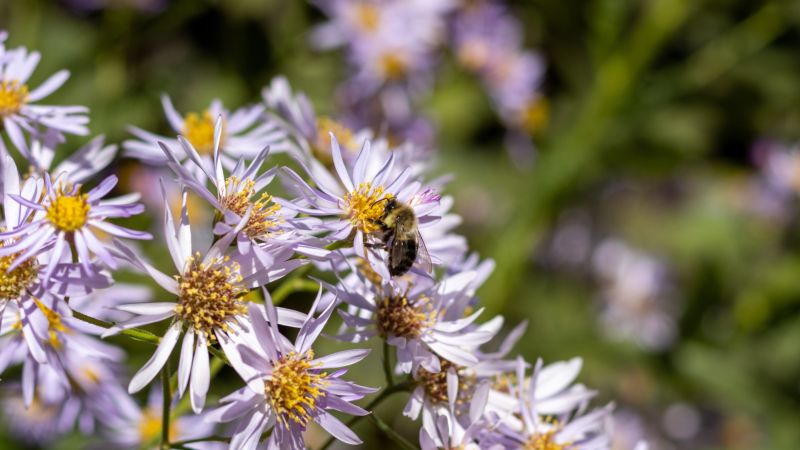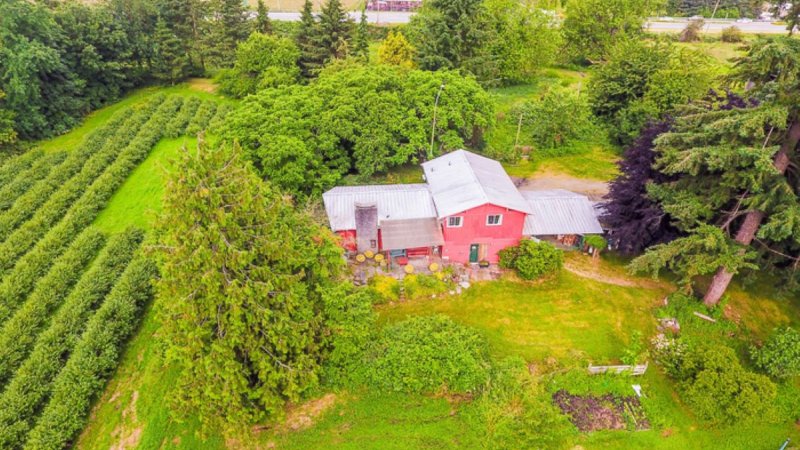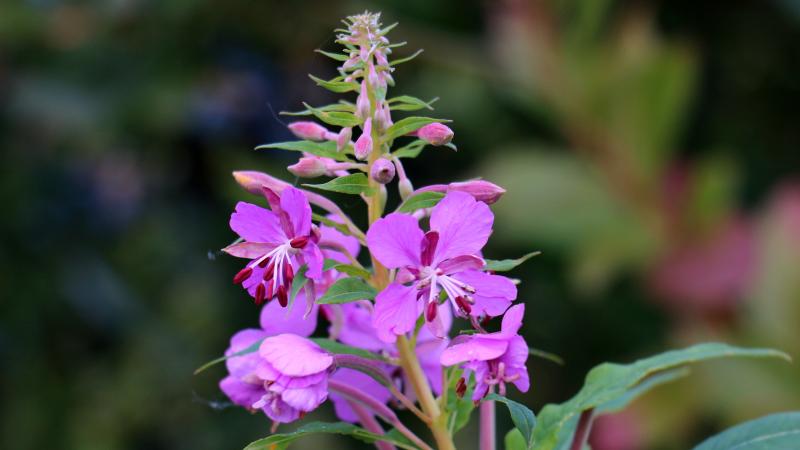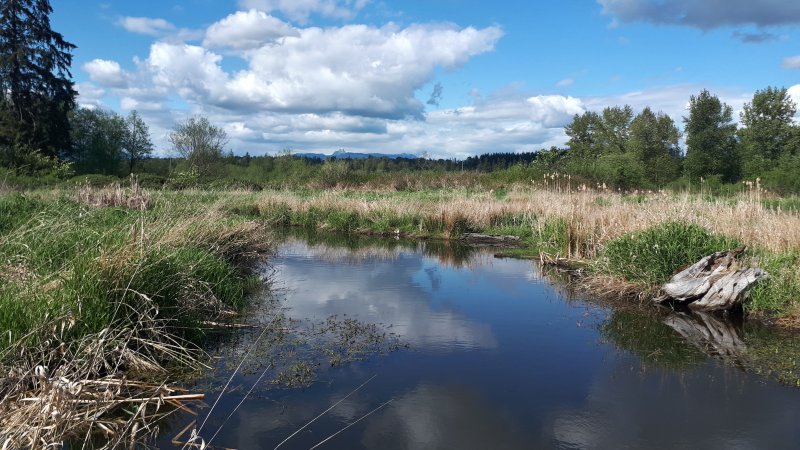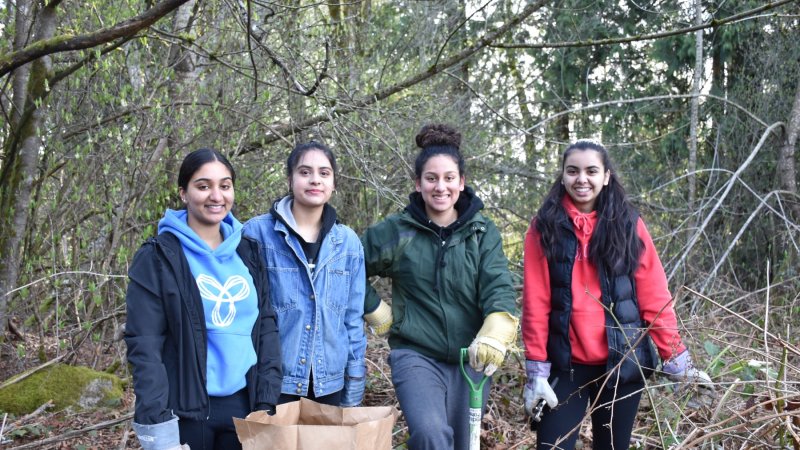
Biodiversity Conservation
Learn about Surrey's biodiversity goals, targets and conservation priorities.
Biodiversity benefits us
Biodiversity is the variety of life on earth. You’ll find biodiversity all around you like plants, animals, and microscopic organisms.
Healthy, diverse ecosystems give us:
- clean water to drink
- soil to grow our food
- the outdoor spaces we love to live near and play in
Biodiversity Conservation Strategy
The Biodiversity Conservation Strategy (BCS) was endorsed by Council in 2014.
It recognizes biodiversity as a key foundation of a healthy city.

Goals to preserve, protect and enhance Surrey's biodiversity include:
- Identifying and measuring current biodiversity and habitat resources
- Setting conservation targets for natural areas and indicator species
- Recommending policies and procedures that support various objectives in the strategy
Policies and strategies linked to BCS objectives include:
- Official Community Plan
- Sustainability Charter
- Climate Change Action Strategy
- Parks, Recreation and Culture Strategic Plan
- Urban Forest Management Strategy
- Integrated Stormwater Management Planning
The BCS includes a range of policy recommendations to support biodiversity. See full table of recommendations.
The Green Infrastructure Network
Our City is connected by a Green Infrastructure Network (GIN). The GIN is 3,900 hectares of interconnected natural areas, green corridors and open space and is central to the BCS.
The GIN was developed through the 2011 Ecosystem Management Study and helped to inform the BCS Habitat Suitability Map.

We need certain pieces of land to maintain biodiversity across the City
The GIN identifies what we need including:
- backyards
- boulevards
- urban forests
- wetlands
- rivers and shorelines
Three core principles of the GIN
- Preserve large core habitat areas (“Hubs”).
- Ensure connectivity between habitat areas (“Corridors”).
- Provide a diversity of habitat features throughout the City (“Sites”).
See a summary of the condition and recommendations for existing and proposed Hubs and Corridors.
Securing lands in the GIN
GIN lands are protected or secured through direct land dedication (e.g. parks) or other land use planning tools such as the City’s Sensitive Ecosystem Development Permit Areas.
The City has tools through the Provincial Local Government Act. These help us to protect and acquire land/funds through parkland dedication or other mechanisms.
We are also exploring innovative funding mechanisms to secure these lands.
GIN in the ALR
Part of the GIN is within the provincial Agricultural Land Reserve (ALR). Surrey recognizes the critical importance of our food lands and our agricultural community.
The City is focusing on stewardship-based approaches for GIN lands in the ALR. One example is the Parks Agriculture Initiative. The City will be using this plan as a model for implementing biodiversity objectives on farmland.
Designing for biodiversity
The City’s Biodiversity Design Guidelines (BDGs) support the Biodiversity Conservation Strategy at the neighbourhood level. The guidelines provide direction on a range of actions to implement biodiversity objectives for projects:
- Resources to support integrating biodiversity approaches into land use choices
-
Making it easier for wildlife to move around the city
- Restoring degraded habitat during development
- Planting recommendations to ensure diverse, climate change resilient landscaping

Monitoring biodiversity
We monitor biodiversity to help us detect changes affecting the environment. This information helps to guide how we address those changes. Monitoring also allows us to measure and check our progress in achieving the City’s biodiversity objectives.
- Using ecological indicators is an important long-term monitoring tool.
- Biodiversity indicators for Surrey include mammals, birds, amphibians, fish and insects. These species provide specific information we can use for management purposes.
Measuring and monitoring biodiversity isn't only about native species. We also need to know about the spread and changes in non-native and invasive species.

The list of indicator species is likely to change over time as we assess how effective they are at telling us about the health of our local ecosystems.
Explore Surrey’s biodiversity conservation indicator species.
Reporting
Biodiversity conservation is not just important to Surrey. Since the BCS was completed in 2014 our efforts have served as a model for other jurisdictions.
We continually share our accomplishments regionally, nationally, and internationally as we implement the BCS.
Contact
For further information, email biodiversity@surrey.ca.
